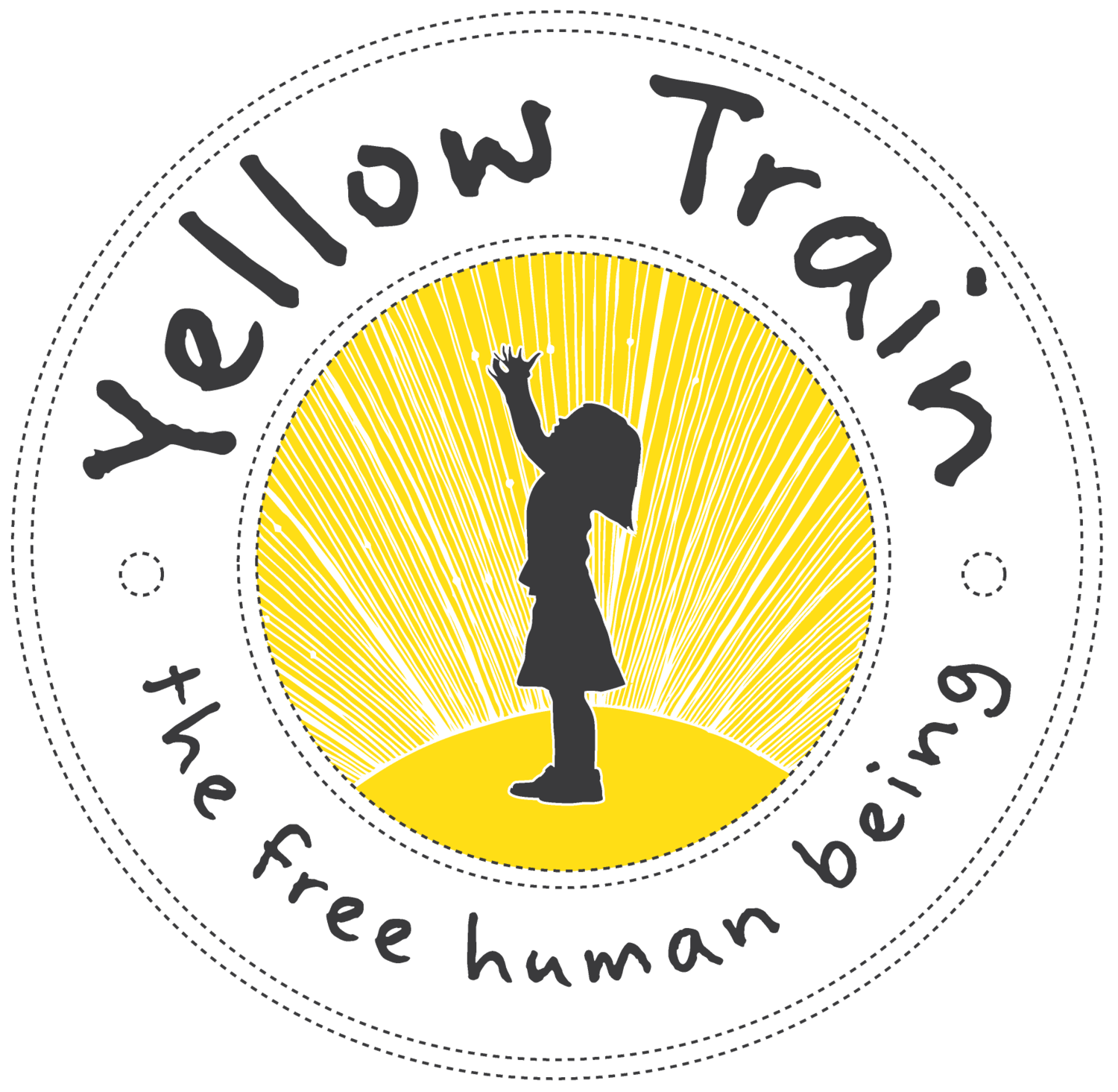Tamil Play: Parthiban Kanavu
It was in the beginning of the second term when the middle and high school Tamil teacher, Kavitha, began to read the story of Kalki’s Partiban Kanavu to the children of grade 6. On hearing the first part of the story, the children asked her - ‘What if we make this a play, akka?’
And thus, the process began. The children were split into groups and each group wrote the script for a specific scene. ‘There were mistakes in the script, of course; mostly spelling but they learnt from them,’ says Kavita, the Tamil teacher.
What is the intent behind incorporating drama in language classes? For many children, there’s a block towards speaking and reading Tamil. When they have to enact it, both these activities gain new life. Kavita notes how children who could not speak Tamil properly, volunteered to introduce the play and its context to the audience. This is the magic of process. Kavita further adds -
“It’s not just that they begin to see language in a new light but they also form bonds and friendships during the course of preparing for the play. Children who were previously shy and didn’t talk too much now feel like they belong, like they are a part of the class. And this is invaluable.”
What this particular method of taking language to the children does is emphasise that language is living, dynamic. That language cannot simply be taught out of a textbook. That the children have to engage with the language in its aliveness. And what better way to do this than through a play?
